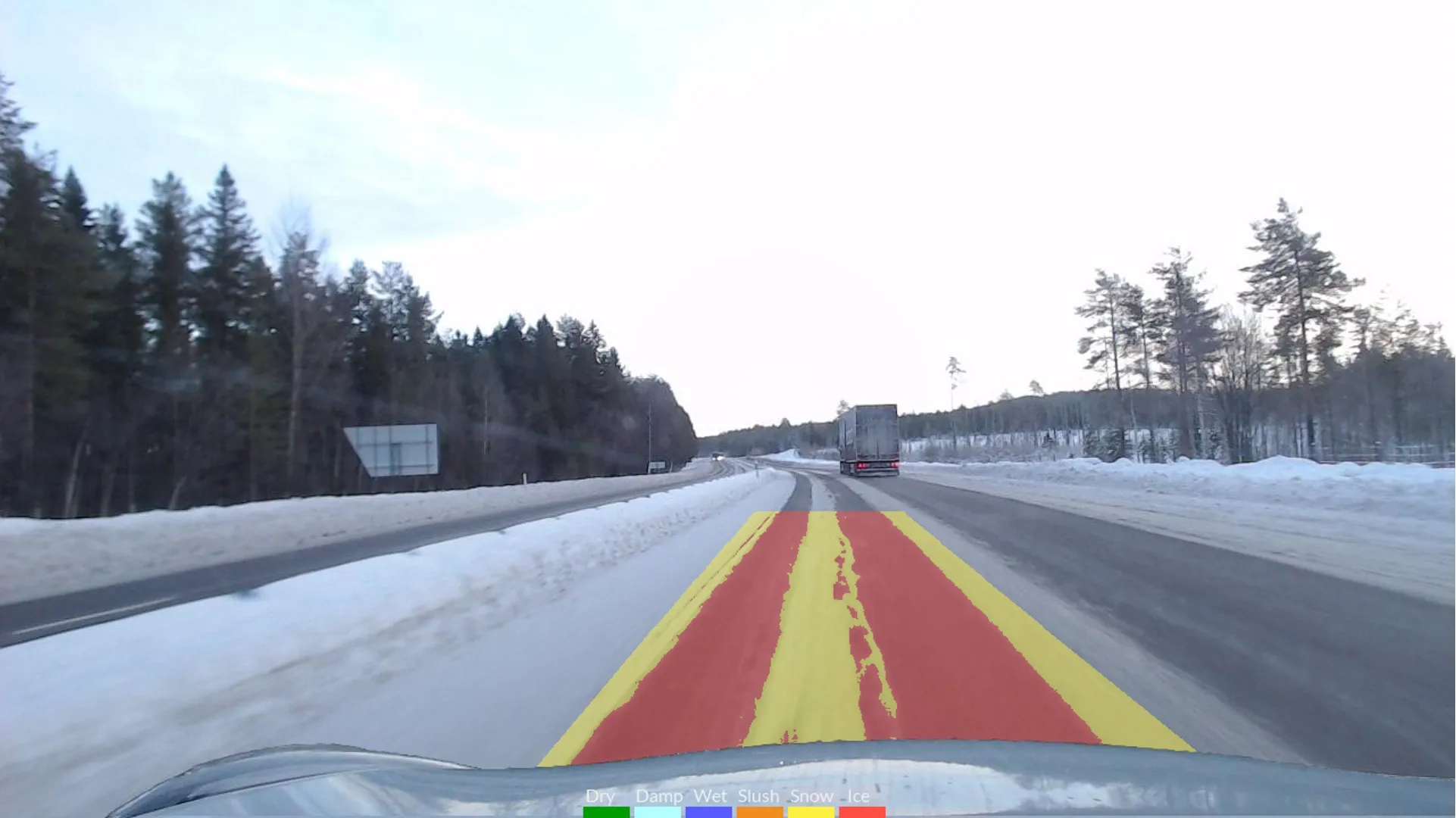Swedish city Linköping has introduced an innovative solution to enable drivers to locate available parking bays for motorists with disabilities.
The designated parking bays, spread over 23 parking areas across the city, are equipped with Nedap’s wireless in-ground Sensit sensors which detect the occupancy status of each individual parking bay in the street and the parking duration. The sensors, which Swarco Sweden integrated with the city’s LinPark parking app, process occupancy data in real-time and dis
May 10, 2016
Read time: 2 mins
Swedish city Linköping has introduced an innovative solution to enable drivers to locate available parking bays for motorists with disabilities.
The designated parking bays, spread over 23 parking areas across the city, are equipped with3838 Nedap’s wireless in-ground Sensit sensors which detect the occupancy status of each individual parking bay in the street and the parking duration. The sensors, which 129 Swarco Sweden integrated with the city’s LinPark parking app, process occupancy data in real-time and display the information on message signs and the app.
LinPark enables users to find and pay for parking in the city. It also provides information about rates, opening hours and the availability of parking spaces in on-street and off-street facilities in addition to differentiating between the type of parking areas including those where disabled parking permits apply.
Parking data collected via the sensors and the app will enable Linköping to better anticipate the usage of disabled parking spaces and provide data for future decisions on improved enforcement and the number of special on-street and off-street parking facilities.
The designated parking bays, spread over 23 parking areas across the city, are equipped with
LinPark enables users to find and pay for parking in the city. It also provides information about rates, opening hours and the availability of parking spaces in on-street and off-street facilities in addition to differentiating between the type of parking areas including those where disabled parking permits apply.
Parking data collected via the sensors and the app will enable Linköping to better anticipate the usage of disabled parking spaces and provide data for future decisions on improved enforcement and the number of special on-street and off-street parking facilities.









